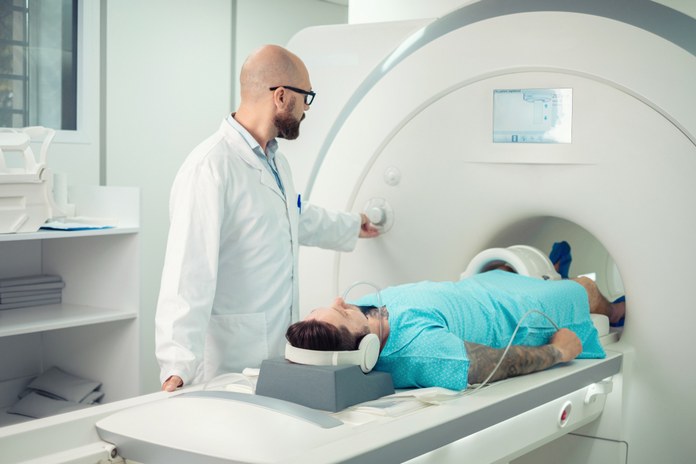Tendinitis

Tendinitis occurs when the tendons (the thick cords connecting muscles to bones) become inflamed. Tendinitis often occurs in the Achilles tendon but can also occur in other tendons, including the rotator cuff tendons.
Achilles tendinitis and tears are easy to detect because patients cannot raise their feet and stay on the tip of their toes. When palpating, the pain is located right above the toes in the Achilles tendon.
It is possible to diagnose tendinitis by ordering an ultrasound or MRI. Ultrasound may be useful because it is less expensive and less invasive than other imaging tests. However, MRI is considered the best diagnostic tool for tendinitis because it is more accurate than ultrasound.
Chronic Exertional Compartment Syndrome
This is perhaps the less common problem, but diagnosing a compartment syndrome early is very important before it becomes a dangerous condition.
This condition occurs when there is an increase in pressure inside a muscle compartment of the body (e.g., the leg). The pressure may be caused by external factors such as trauma, or it may be caused by internal factors such as fluid build-up in the muscle compartment. If the pressure is high enough, blood flow is restricted, and tissues become hypoxic, which can cause tissue damage. A serious complication of this condition is that if the pressure continues to build up and the blood flow becomes restricted, it may cause nerve damage and even death.
The pain can be very severe, and one of the features is that it resolves when physical activity stops. Doctors can use a manometer to measure the pressure and diagnose a compartment syndrome.
